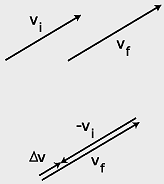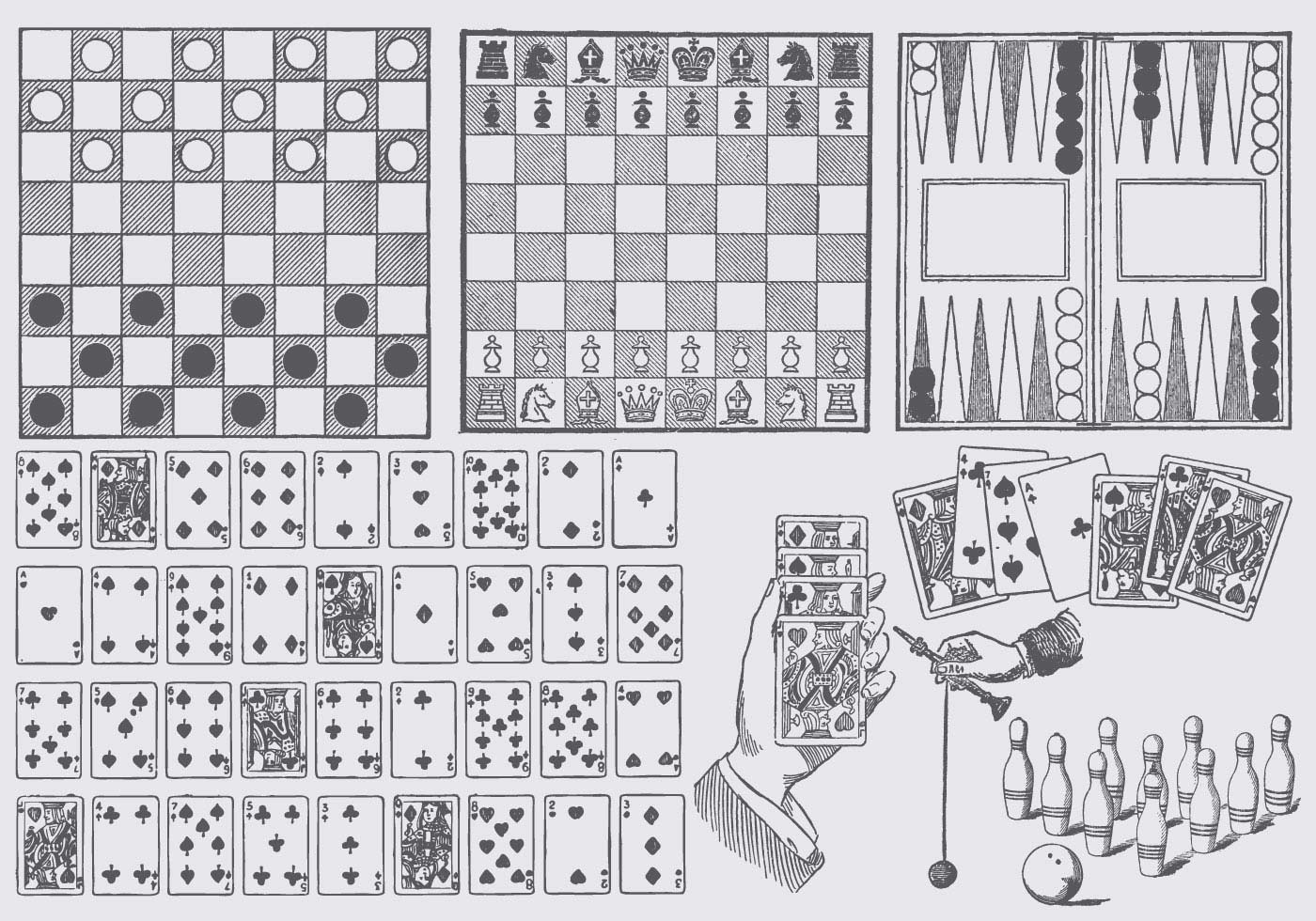Find the average acceleration vector at point 1 draw the completed
Table of Contents
Table of Contents
Have you ever struggled with drawing acceleration vectors? Do they seem intimidating or confusing? Fear not, as we will guide you through the process of how to draw acceleration vectors step-by-step.
Many students often struggle with visualizing and drawing acceleration vectors. It can be daunting to look at a motion diagram or graph and understand how to represent the acceleration of an object. Without proper guidance, it’s easy to get lost in the details and fail to accurately depict the acceleration vector.
The key to drawing acceleration vectors is to understand the basic concepts behind them. In physics, acceleration is defined as the rate of change of velocity over time. This means that acceleration represents the change in an object’s velocity, whether it’s speeding up, slowing down, or changing direction.
To draw an acceleration vector, you need to first identify the object’s initial and final velocities. Once you have determined these values, you can calculate the change in velocity and divide it by the time interval. This will give you the acceleration vector’s magnitude and direction.
My Personal Experience with Drawing Acceleration Vectors
When I first learned about acceleration vectors, I found them to be overwhelming and complex. However, with practice and guidance from my teacher, I was able to master the art of drawing acceleration vectors. One tip that helped me was to focus on the basics and break down the problem into smaller parts. By identifying the initial and final velocities and time interval, I was able to simplify the problem and accurately draw the acceleration vector.
Step-by-Step Guide on How to Draw Acceleration Vectors
The first step in drawing an acceleration vector is to identify the initial and final velocities of the object. This information can usually be found in a motion diagram or graph. Once you have determined the velocities, you can calculate the change in velocity by subtracting the initial velocity from the final velocity.
Next, determine the time interval over which the velocity changed. This can also be found in the motion diagram or graph. Divide the change in velocity by the time interval to calculate the acceleration vector’s magnitude.
Lastly, determine the direction of the acceleration vector. This can be determined by the direction of the change in velocity. If the object is speeding up, the acceleration vector will be in the direction of the object’s motion. If the object is slowing down or changing direction, the acceleration vector will be in the opposite direction of the object’s motion.
Additional Tips for Drawing Acceleration Vectors
One helpful tip is to always label the acceleration vector with its magnitude and direction. This will aid in understanding the problem and help communicate the solution. Additionally, it’s important to keep units consistent throughout the problem. Always include the correct units for velocity, time, and acceleration.
Practice Problems for Drawing Acceleration Vectors
If you want to improve your skills in drawing acceleration vectors, practice problems are a great way to do so. Start with simple examples and work your way up to more complex problems. By practicing regularly, you will gain confidence in your ability to accurately draw acceleration vectors.
Frequently Asked Questions on Drawing Acceleration Vectors
What is the difference between velocity and acceleration?
Velocity is the rate of change of the position of an object over time, while acceleration is the rate of change of velocity over time. Velocity represents the object’s speed and direction, while acceleration represents the object’s change in speed and direction.
What is the equation for calculating acceleration?
The equation for calculating acceleration is a = (vf - vi) / t, where a is acceleration, vf is the final velocity, vi is the initial velocity, and t is the time interval.
What is the difference between positive and negative acceleration?
Positive acceleration occurs when an object is speeding up, while negative acceleration occurs when an object is slowing down. When the object is moving in a positive direction and slowing down, the acceleration is negative. When the object is moving in a negative direction and slowing down, the acceleration is positive.
What is an example of uniform acceleration?
An example of uniform acceleration is an object in free fall. As an object falls towards the ground, its speed increases at a constant rate due to the acceleration of gravity. The acceleration is uniform because it remains constant throughout the fall.
Conclusion of How to Draw Acceleration Vectors
Drawing acceleration vectors can be challenging, but with proper understanding and practice, it can become second nature. By breaking down the problem into smaller parts and focusing on the basics, you can accurately depict the acceleration of an object. Remember to always label the acceleration vector with its magnitude and direction, and to keep units consistent throughout the problem. With these tips and techniques, you’ll be able to tackle any problem related to drawing acceleration vectors.
Gallery
Solved Reviow Constants The (Figure Shows Five Points Of A | Chegg.com

Photo Credit by: bing.com / acceleration chegg constants transcribed
Find The Average Acceleration Vector At Point 1. Draw The Completed

Photo Credit by: bing.com /
The Acceleration Vector

Photo Credit by: bing.com / acceleration vector vectors motion velocity change opencurriculum magnitude implies
Solved: To Practice Tactics Box 3.2 Finding The Accelerati… | Chegg.com

Photo Credit by: bing.com / acceleration vector tactics box finding velocity practice vectors find draw diagram motion object help along moves curved path below label
Solved Below Is Another Motion Diagram For An Object That | Chegg.com

Photo Credit by: bing.com / object vectors acceleration motion diagram another dots represent below solved curved moves position path along five legibly please upload





